Table of contents
Fashion isn’t just about clothing—it’s a reflection of cultural movements, social progress, and artistic expression. The evolution of women’s fashion over the decades highlights how style has shifted alongside changing societal norms, political climates, and technological advances. From corsets to crop tops, each era has brought its unique flair and left a mark on the world of fashion.
The 1920s: The Rise of the Flapper
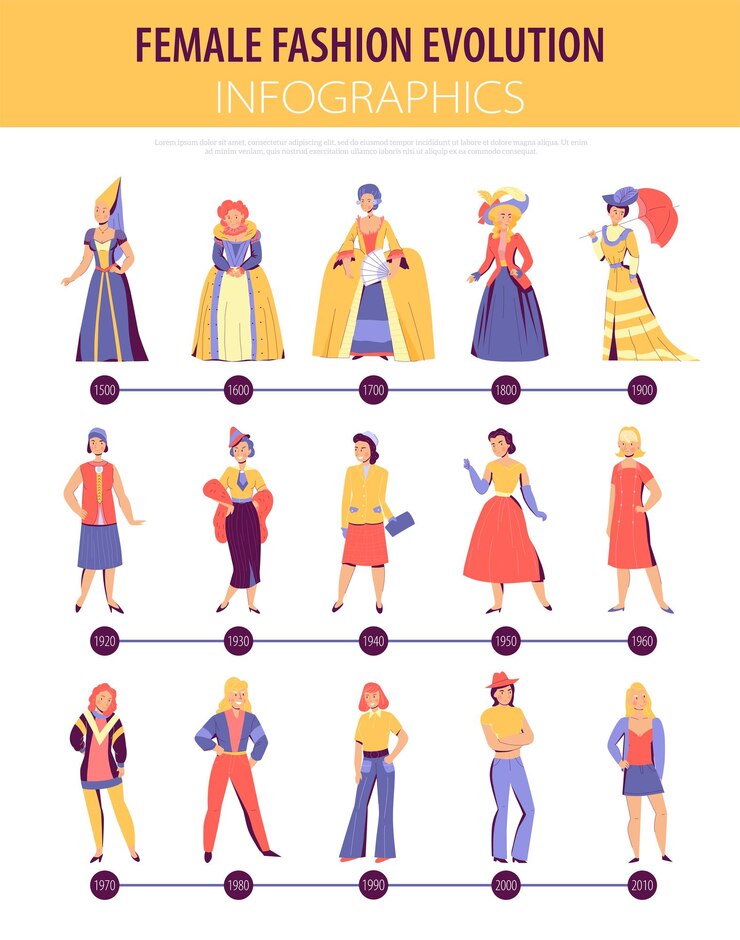
The 1920s were revolutionary. After World War I, women sought freedom—not just politically, but sartorially. Gone were the restrictive corsets and long skirts. In their place: flapper dresses, shorter hemlines, dropped waists, and sequins. Women embraced bobbed hair, bold lipstick, and jazz-age glamour.
This decade marked the first major turning point in the evolution of women’s fashion, where clothing became a symbol of independence and rebellion.
The 1950s: Elegance and Femininity
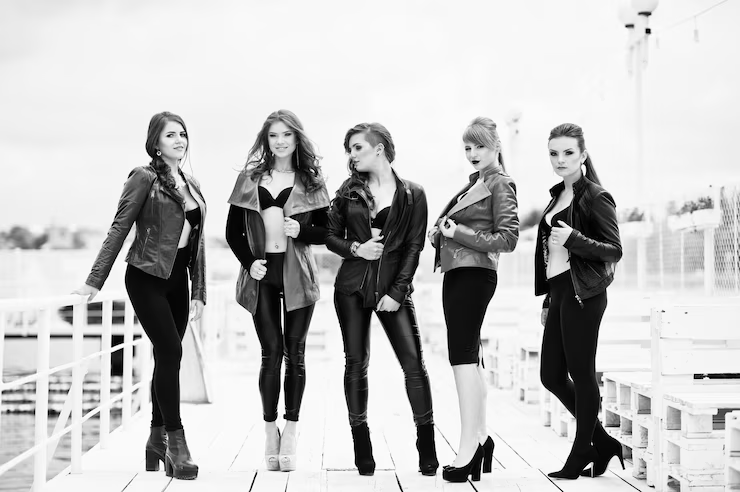
Post-World War II fashion took a turn toward structure and sophistication. Thanks to Christian Dior’s “New Look,” hourglass silhouettes, full skirts, cinched waists, and tailored jackets defined the era. Pearls, gloves, and pin-up influences became the norm.
Women’s fashion celebrated domestic femininity but also reflected post-war prosperity and the consumer boom.
The 1970s: Bohemian and Disco Style
By the ’70s, fashion became more eclectic. Bell bottoms, peasant blouses, maxi dresses, and psychedelic prints reflected the rise of hippie culture and women’s liberation movements. Disco also made a major impact with jumpsuits, sequins, and metallics dominating dance floors.
This decade in the evolution of women’s fashion was all about self-expression and freedom from rigid standards.
The 1990s: Minimalism and Grunge
The 1990s brought a stark contrast from the flamboyant ’80s. Minimalist trends like slip dresses, mom jeans, and simple tank tops took center stage. Meanwhile, grunge—thanks to bands like Nirvana—influenced plaid shirts, combat boots, and ripped denim.
It was a time when women’s fashion embraced both softness and edge, signaling a blend of comfort and individuality.
The 2010s and Beyond: Diversity and Digital Influence
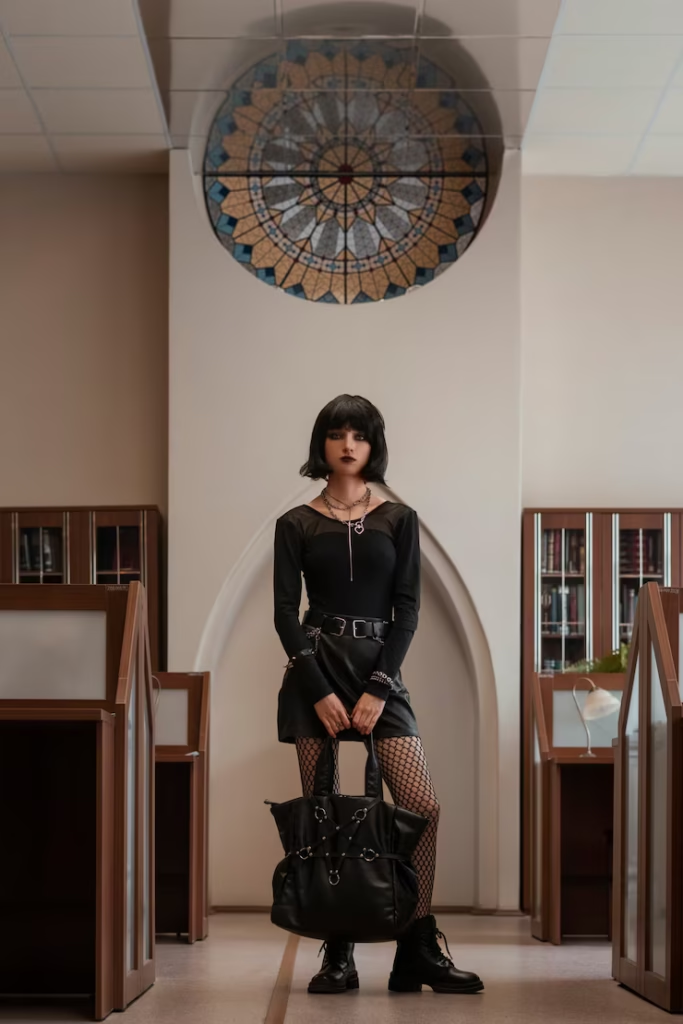
In the modern era, fashion became more inclusive and technology-driven. Influencers and social media platforms like Instagram and TikTok dictate trends. There’s also a significant shift toward sustainability and ethical fashion.
From body-positive campaigns to gender-neutral lines, the current phase in the evolution of women’s fashion celebrates diversity, comfort, and authenticity.
Fashion as a Reflection of Society
Each fashion trend throughout history tells a story—of rebellion, acceptance, beauty standards, and cultural identity. Understanding the evolution of women’s fashion helps us appreciate how far we’ve come and where we’re going next.
FAQs About the Evolution of Women’s Fashion
It helps us understand cultural shifts, gender norms, and societal progress throughout history.
The 1920s and 1960s are often viewed as the most transformative due to their progressive social movements and fashion revolutions.
From e-commerce and digital design to AI-based personalization and social media trends, technology plays a massive role in how fashion is consumed and created.
Absolutely. Fashion is cyclical. Trends like flared jeans, corsets, and vintage styles are often reimagined in modern ways.
Sustainability is a growing concern, leading to eco-friendly materials, ethical production, and slow fashion movements shaping the industry.
Final Thoughts
The evolution of women’s fashion is an ongoing journey that mirrors society’s growth and challenges. As fashion continues to adapt to cultural, political, and technological changes, it remains a powerful tool of expression and identity.

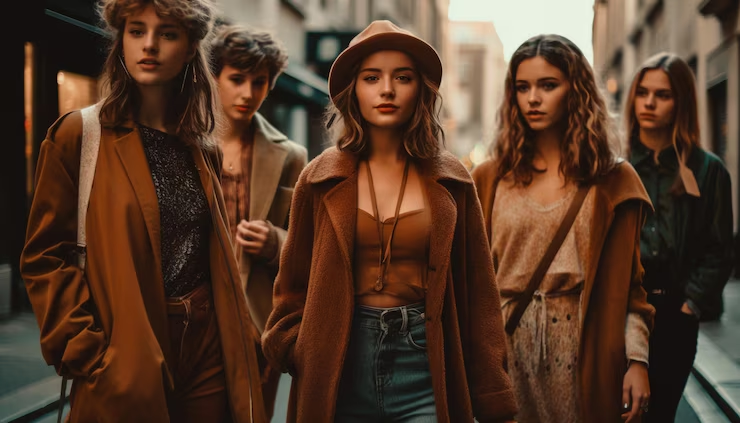

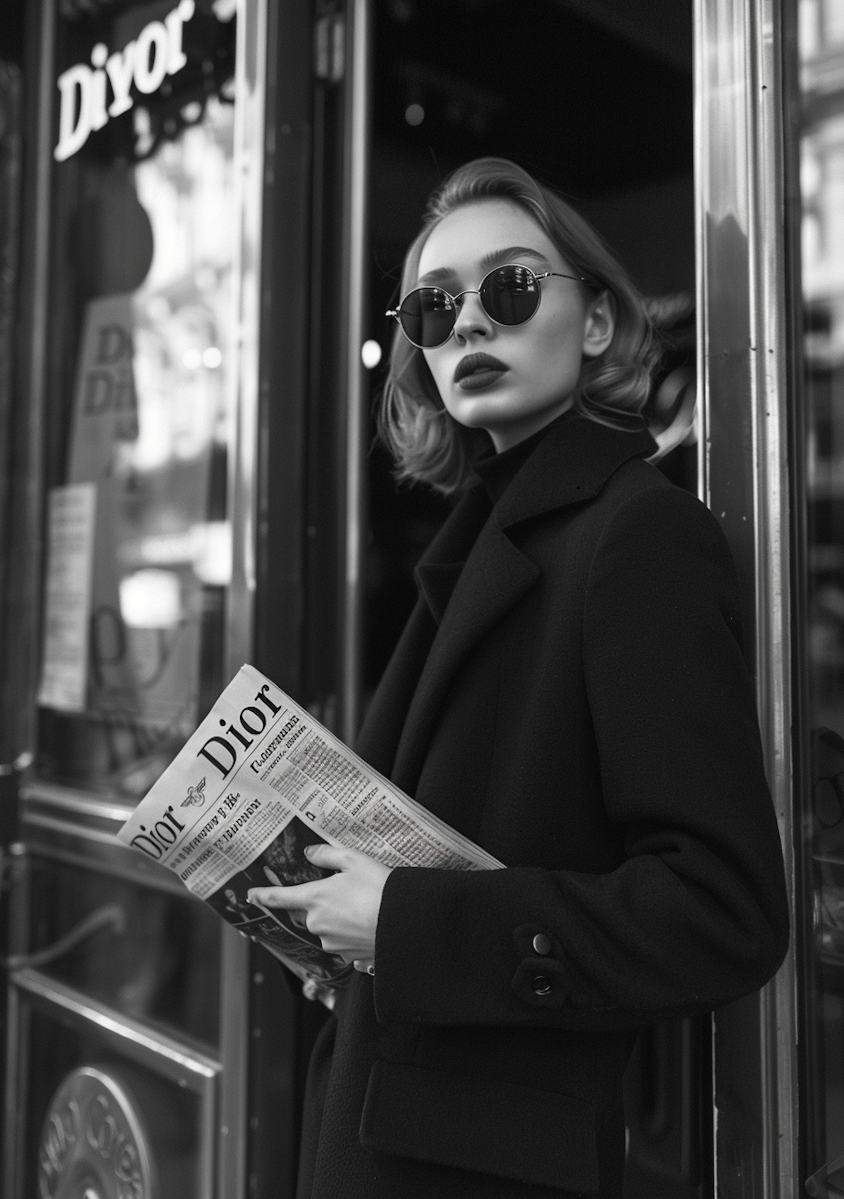
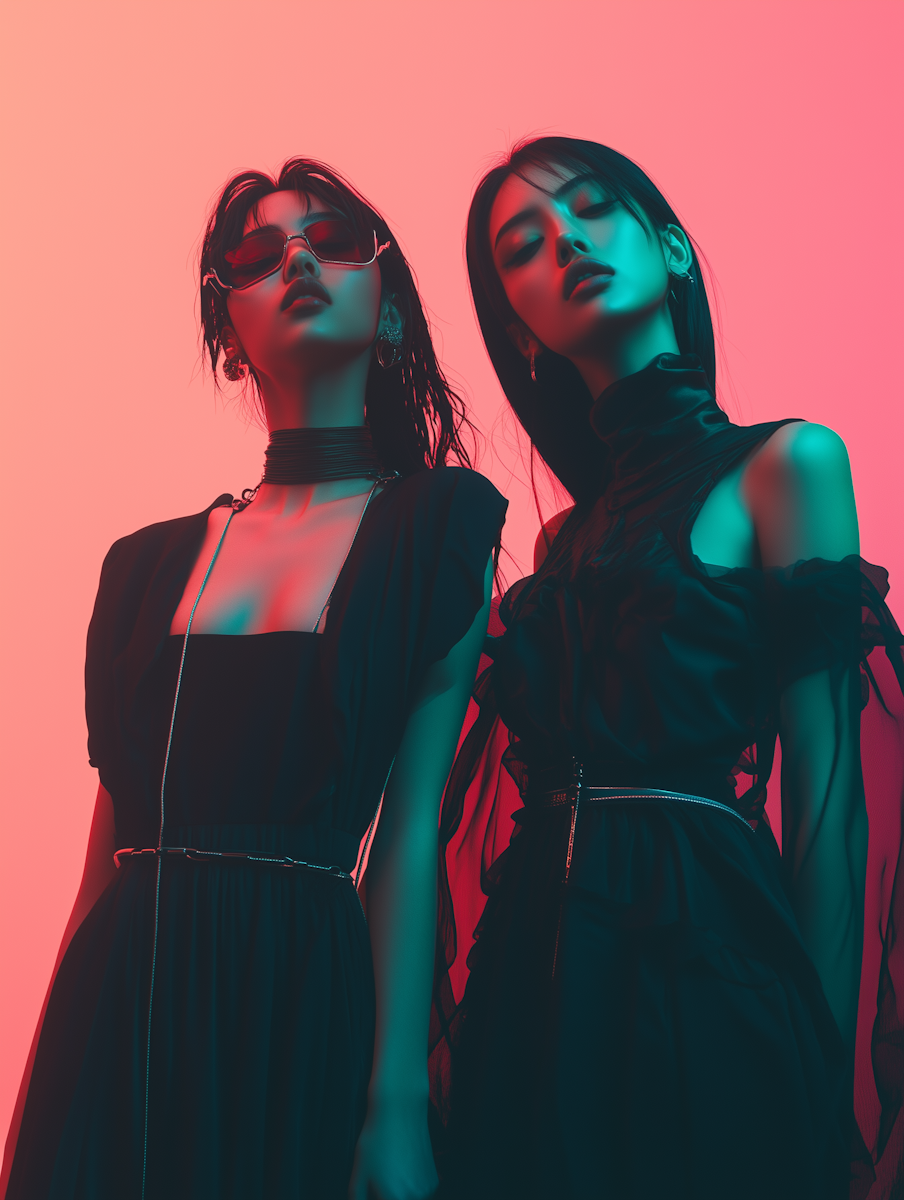

I got what you mean ,saved to fav, very decent web site.